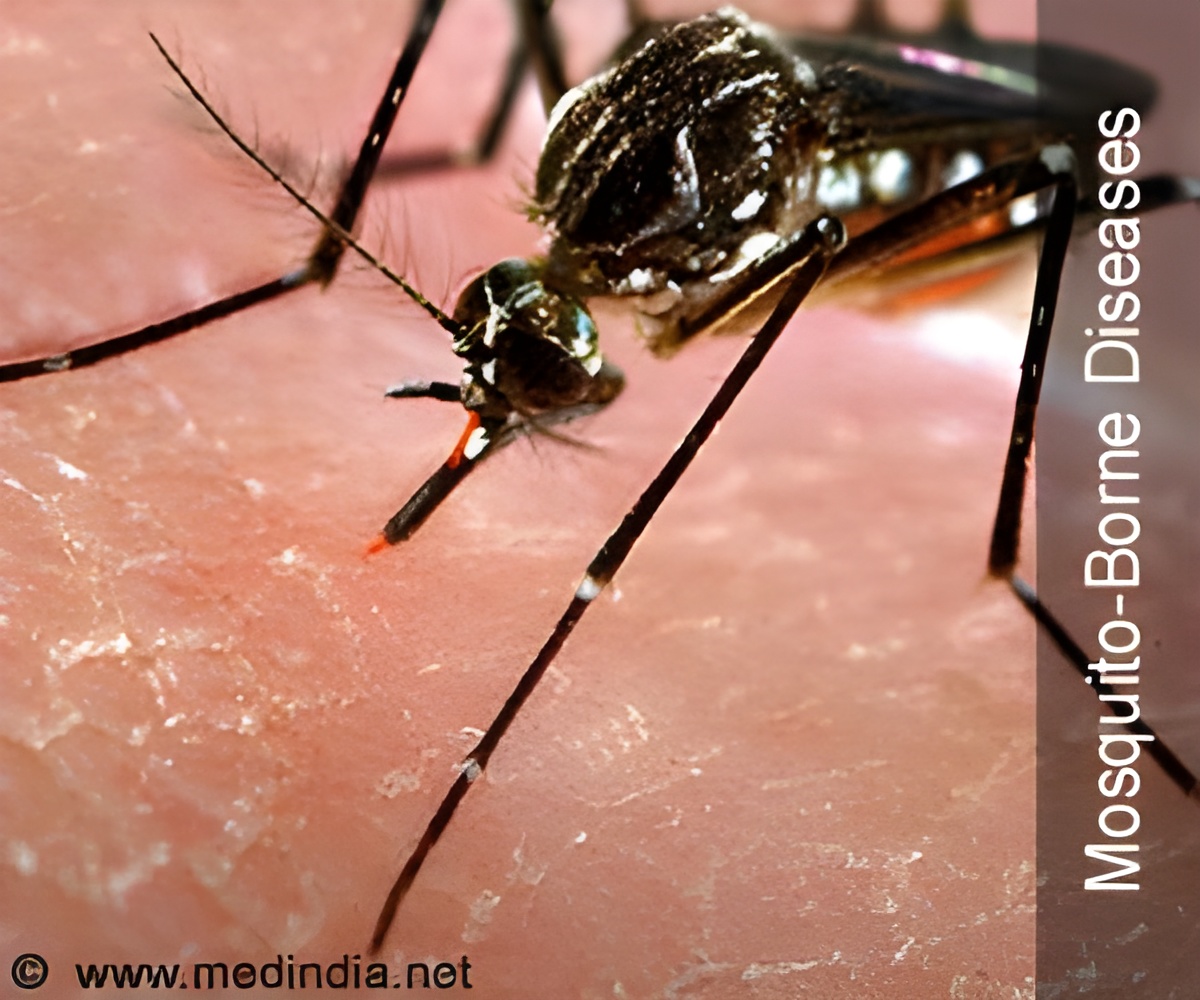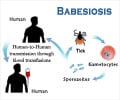
"This has really limited our understanding of malaria parasite biology" says Ian Cheeseman, Ph.D., who led this project. "It's like trying to understand human genetics by making DNA from everyone in a village at once. The data is all jumbled up – what we really want is information from individuals."
To achieve a better understanding of malaria parasites – single celled organisms that infect red blood cells – Cheeseman and colleague Shalini Nair, developed a novel method for isolating an individual parasite cell and sequencing its genome. These "single cell genomics" approaches have been adopted in cancer research to identify how tumors evolve during the progression of a disease but it has been difficult to adapt them to other organisms.
"One of the real challenges was learning how to cope with the tiny amounts of DNA involved. In a single cell we have a thousand million millionth of a gram of DNA. It took a lot of effort before we developed a method where we simply didn't lose this," said Nair, the first author on the work.
Their method is set to change how researchers think about infections. "One of the major surprises we found when we started looking at individual parasites instead of whole infections was the level of variation in drug resistance genes. The patterns we saw suggested that different parasites within a single malaria infection would react very differently to drug treatment" said Nair. "We're now able to look at malaria infections with incredible detail. This will help us understand how to best design drugs and vaccines to tackle this major global killer," Cheeseman added.
A paper describing this work, funded by the Texas Biomedical Forum, National Institutes of Health, a Cowles Postdoctoral Training Fellowship and the Wellcome Trust, was published online May 8 in the journal Genome Research. The work was led by Texas Biomed's Cheeseman with collaborators at the University of Texas Health Science Center San Antonio, Case Western Reserve University, the Cleveland Clinic Lerner Research Institute, the Shoklo Malaria Research Unit, Thailand, and the Malawi-Liverpool-Wellcome Trust Clinical Research Programme, Malawi. The other Texas Biomed author on is Tim Anderson, Ph.D.
Advertisement












